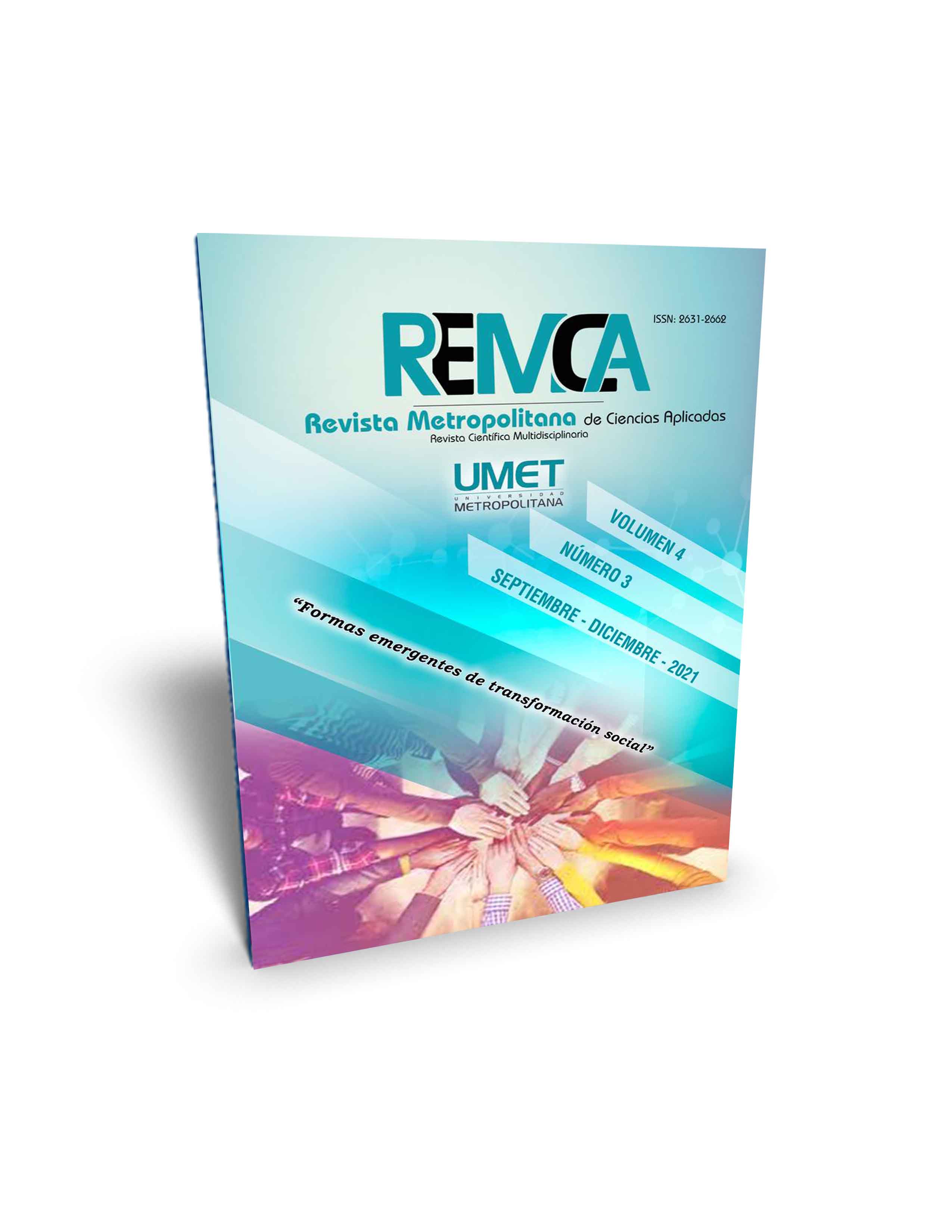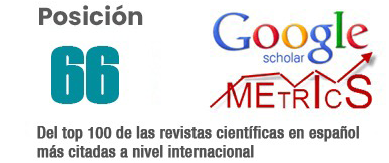Sensitivity evaluation of Phytophthora infestans (mont) bary to Oxatiapiprolin fungicide
DOI:
https://doi.org/10.62452/2wzh4a52Keywords:
Oomycetes, late blight, resistance, phytopathogen, inhibitionAbstract
The management of aggressive strains of Phytophthora infestans is a challenge for Mexico, so the objective of study proposed to validate and monitor the efficacy of (Oxatiapiprolin), against the sensitivity of P. infestans micropopulations, isolated from the field. A modified protocol with leaf discs and five concentrations of the fungicide at a pressure of 1.2 bar was tested against a severe late blight isolate from the Toluca Valley, State of Mexico. The fungicide showed an inhibitory effect on a mixed isolate of P. infestans under in vitro conditions, compared to the first five concentrations used in the test (1-0.0016 ppm). It was observed that at a higher concentration, there was an increase in the sensitivity of the pathogen and less damage to the tissue. After 5th concentration, less than 25% of tissue was affected (0–2.6 mm) compared with the damage in control (13 mm) (>95%), when the fungicide was not applied. The mean inhibition (EC50) is high calculated at approximately 0.00034 mgL-1 of the fungicide, which inhibits 50% of the growth of the pathogen.
Downloads
References
Abbot, L. (1995). The use and effects of glutaraldehyde Occup. Health, 47 (7), 238-239.
Chowdappa, P., Nirmal Kumar, B. J., Madhura, S., Mohan Kumar, S. P., Myers, K. L., Fry, W. E., Squires, J. N., & Cooke, D. E. L. (2013). Emergence of 13_A2 Blue Lineage of Phytophthora infestans was Responsible for Severe Outbreaks of Late Blight on Tomato in South-West India. J. Phytopathology, 161, 49–58.
Cooke, D.E.L., Cano, L.M., Raffaele, S, Bain R.A., Cooke, L.R., & Etherington G.J., (2012) Genome Analyses of an Aggressive and Invasive Lineage of the Irish Potato Famine Pathogen. PLOS Pathogens, 8(10).
Damicone, J. (2004). Fungicide resistance management. http://pearl.agcomm.okstate.edu plantdiseases/f-766.htm
Edgington, L. V., Khew, K. L. & Barron, G. L., (1971). Fungitoxic spectrum of benzimidazole compounds. Phytopathology, 61, 42–44.
Fry, W.E., Grünwald, N.J., Cooke, D., McLeod, A., Forbes, G.A., & Keqiang, C. (2009). Population genetics and population diversity of Phytophthora infestans. En, K. Lamour y S., Kamoun, Oomycete Genetics and Genomics. Diversity, Interactions and Research Tools. (pp. 139-164). John Wiley & Sons Inc.
García Giovani, H., Marín, M., Jaramillo, S., & Cotes, J.M. (2008). Sensitivity to four systemic fungicides of Colombian isolates of Phytophthora infestans. Agronomía Colombiana, 26(1), 47-57.
Grünwald, N. J., & Flier, W.G. (2005). The biology of Phytophthora infestans at its center of origin. Annual Review of Phytopathology, 43, 171–90.
Hernández, P. R. (2016). Informe Técnico “Evaluación de la sensibilidad de Phytophthora infestans (Mont) Bary. al fungicida DPX-TAH88 330 SE. Contrato de prestación de Servicios Científico Técnico DU PONT MEXICANA, S.DE RL DE C.V.
Jaramillo, S. (2003). Monografía sobre Phytophthora infestans (Mont) de Bary. Medellín (Colombia). Universidad Nacional de Colombia.
Lees, A. K., Sullivan, L., Lynott, J. S., & Cullen, D. W. (2012). Development of a quantitative real-time PCR assay for Phytophthora infestans and its applicability to leaf, tuber and soil samples. Plant Pathology, 61(5), 867–876.
Legard, D.E., Lee, T.Y., & Fry, W.E. (1995). Pathogenic specialization in Phytophthora infestans: aggressiveness on tomato. Phytopathology, 85, 1356–1361.
Li, Y., van der Lee, T. A. J., Evenhuis, A., Van den Bosch, G. B. M., van Bekkum, P. J., Förch, M. G., van Gent-Pelzer, M. P. E., Van Raaij, H. M. G., Jacobsen, E., Huang S. W., Govers, F., Vleeshouwers, V. G. A. A., & Kessel, G. J. T. (2012). Population Dynamics of Phytophthora infestans in the Netherlands Reveals Expansion and Spread of Dominant Clonal Lineages and Virulence in Sexual Offspring. Genes, Genomes Genetics, 2(12), 1529-1540.
Li, Y., van der Lee, T., Zhu, J. H., Jin, G. H., Lan, C. Z., Zhu, S. X., Zhang, R. F., Liu, B. W., Zhao, Z. J., Kessel, G., Huang, S. W. & Jacobsen, E. (2013). Population structure of Phytophthora infestans in China – geographic clusters and presence of the EU genotype Blue_13. Plant Pathology, 62, 932–942.
Lozoya-Saldaña, H., Robledo-Esqueda, M. N., Rivas-Valencia, P., Sandoval-Islas, S., Colinas León, M. T. B., & Nava-Díaz C. (2017). Sensitivity to fungicides of Phytophthora infestans (Mont.) de Bary in Chapingo, Mexico. Revista Chapingo Serie Horticultura, 23(3), 175-186.
Shattock, R. C. (2002). Phytophthora infestans: populations, pathogenicity and phenylamides. Pest Management Science, 58(9), 944-950.
Downloads
Published
Issue
Section
License
Copyright (c) 2021 Ricardo Hernández Pérez, Teresa de Jesús Ramírez Pedráza, Enrique Casanovas Cosío (Autor/a)

This work is licensed under a Creative Commons Attribution-NonCommercial-ShareAlike 4.0 International License.
Authors who publish in Revista Metropolitana de Ciencias Aplicadas (REMCA), agree to the following terms:
1. Copyright
Authors retain unrestricted copyright to their work. Authors grant the journal the right of first publication. To this end, they assign the journal non-exclusive exploitation rights (reproduction, distribution, public communication, and transformation). Authors may enter into additional agreements for the non-exclusive distribution of the version of the work published in the journal, provided that acknowledgment of its initial publication in this journal is given.
© The authors.
2. License
The articles are published in the journal under the Creative Commons Attribution-NonCommercial-ShareAlike 4.0 International License (CC BY-NC-SA 4.0). The terms can be found at: https://creativecommons.org/licenses/by-nc-sa/4.0/deed.en
This license allows:
- Sharing: Copying and redistributing the material in any medium or format.
- Adapting: Remixing, transforming, and building upon the material.
Under the following terms:
- Attribution: You must give appropriate credit, provide a link to the license, and indicate if any changes were made. You may do this in any reasonable manner, but not in any way that suggests the licensor endorses or sponsors your use.
- NonCommercial: You may not use the material for commercial purposes.
- ShareAlike: If you remix, transform, or build upon the material, you must distribute your creation under the same license as the original work.
There are no additional restrictions. You may not apply legal terms or technological measures that legally restrict others from doing anything the license permits.




